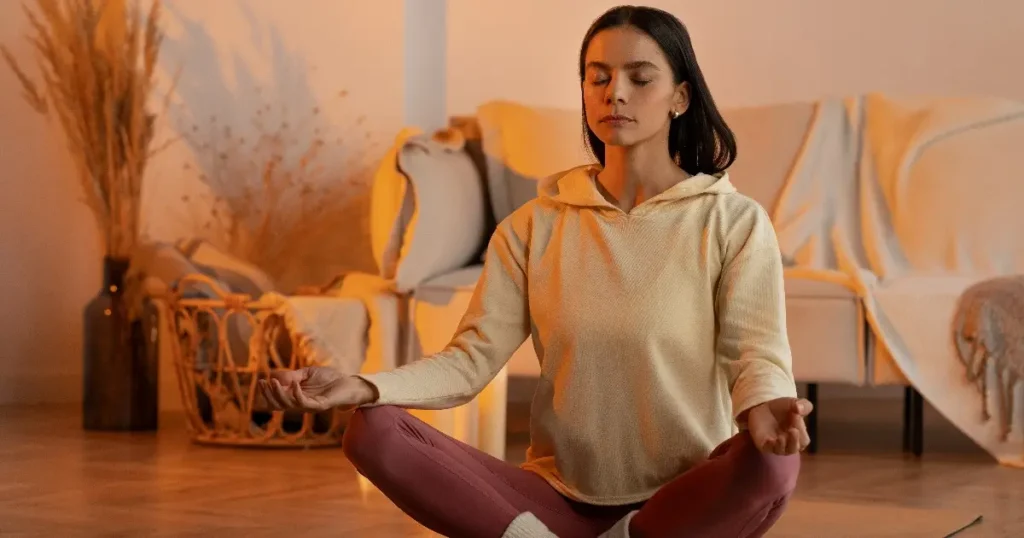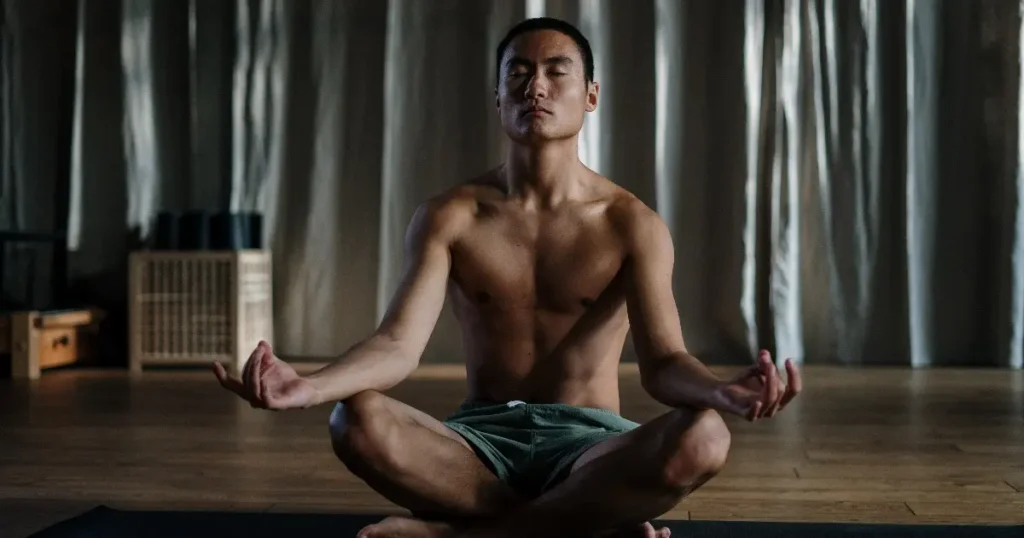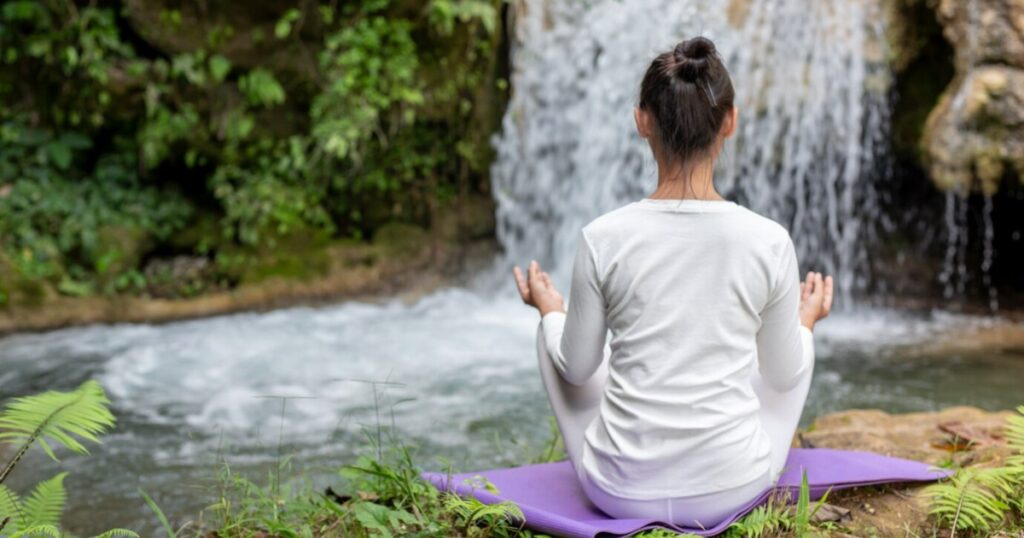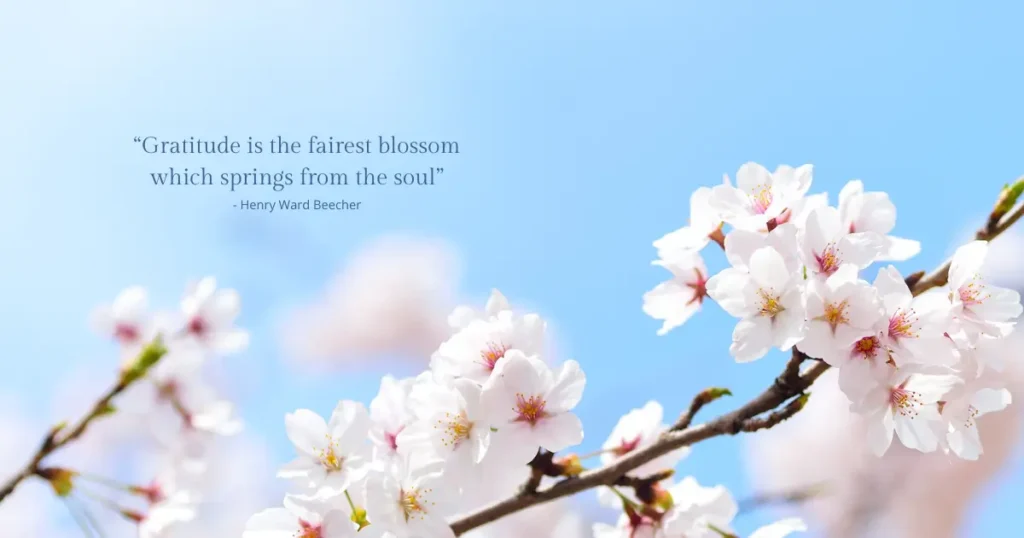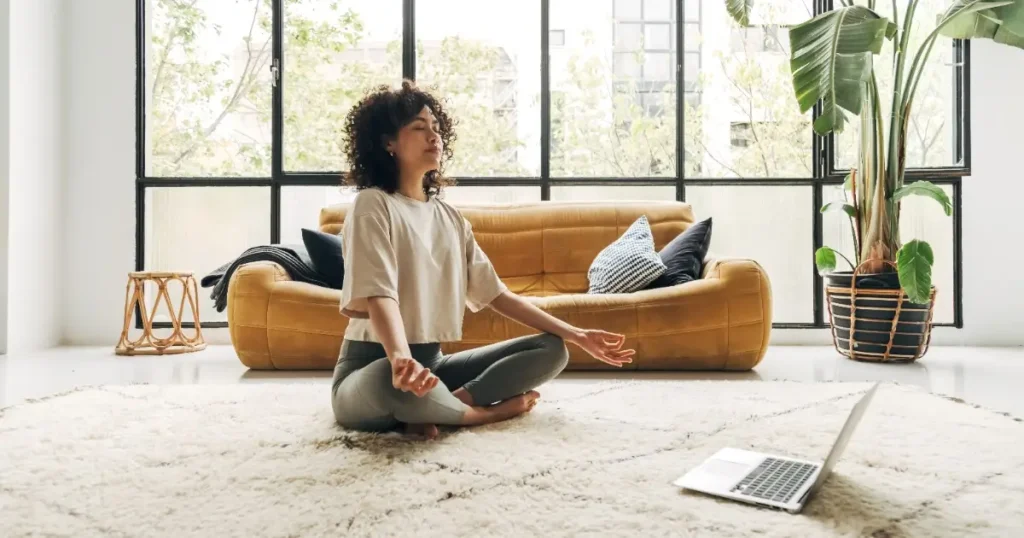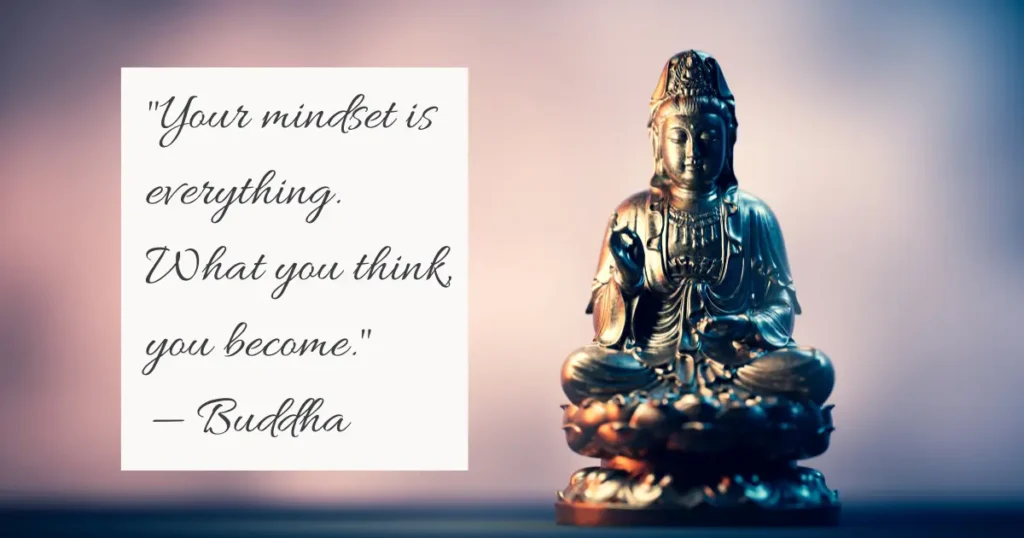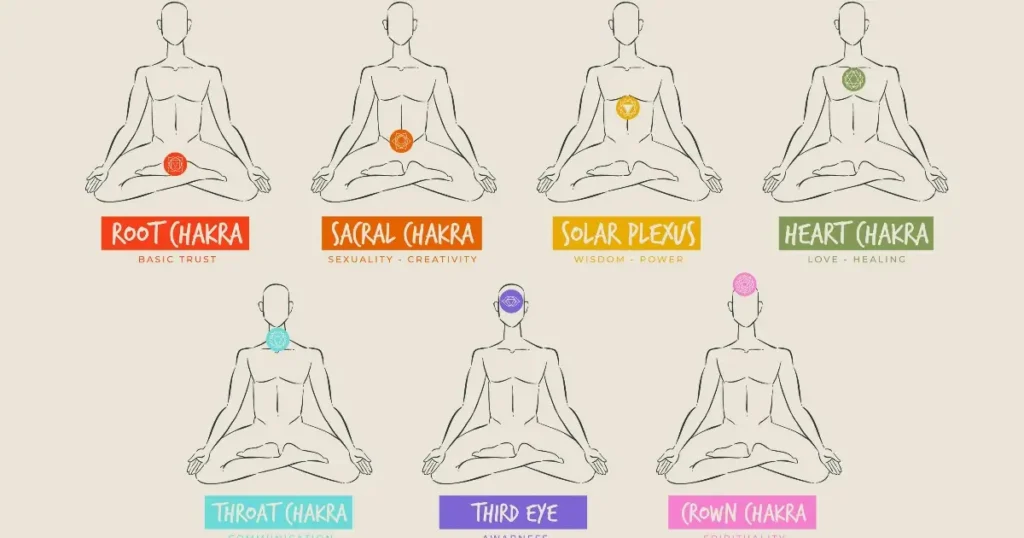The Basics of Mindfulness Meditation: Steps to a More Mindful You
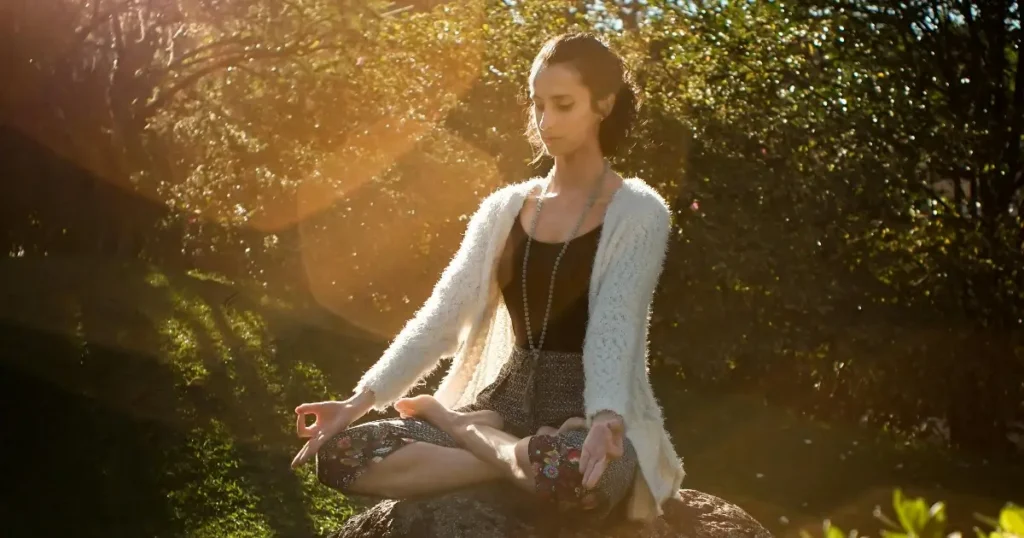
Welcome to your introduction to a more mindful you. This article serves as your guide to kick-starting your mindfulness meditation practice. Here, we’ll explore simple techniques to boost your mindfulness and alleviate stress.
By incorporating these practices into your routine, you’ll uncover a more serene and centered version of yourself, prepared to navigate life’s challenges with renewed clarity.
Let’s start on this journey. These principles will assist us in moving towards a life infused with mindfulness and serenity, gradually incorporating these practices into our daily lives.
What Is Mindfulness Meditation?
Mindfulness meditation is a practice that involves focusing your mind on the present moment, without judgment. It typically involves sitting quietly and paying attention to your breath, bodily sensations, thoughts, and emotions as they arise. The goal is to cultivate a heightened awareness of the present moment, leading to greater clarity, calmness, and insight into the workings of the mind.
What Is Mindfulness?

Mindfulness is the practice of being fully present and engaged in the moment without judgment or distraction. It involves cultivating a heightened awareness of one’s thoughts, feelings, sensations, and surroundings with openness and curiosity.
Originating from Buddhist traditions and adapted into secular contexts, mindfulness has been extensively studied in psychology, medicine, and education. Each mindfulness practice offers unique benefits, but collectively, they cultivate a heightened sense of awareness and equanimity in daily life.
Mindfulness practices encompass various techniques aimed at fostering present-moment awareness and acceptance. These practices include meditation, where individuals focus on their breath or bodily sensations, mindful walking, mindful eating, body scan meditation, and loving-kindness meditation, among others.
Research indicates that engaging in these practices can alleviate stress, anxiety, and depression, enhance cognitive function, and promote overall well-being.
Understanding Mindfulness Meditation

Mindfulness meditation is a specific practice or technique aimed at cultivating mindfulness. It involves intentionally setting aside time to engage in meditation exercises that foster present-moment awareness.
These exercises often include focusing attention on the breath, bodily sensations, or specific objects, and observing thoughts and emotions as they arise without attachment or judgment.
Through regular practice, individuals develop the ability to sustain mindfulness not only during meditation but also throughout their daily activities.
In essence, mindfulness is the state of being present and aware, while mindfulness meditation is a structured practice that helps individuals develop and deepen that state of mindfulness.
Mindfulness meditation serves as a formal training ground for cultivating mindfulness skills that can be applied in everyday life.
How to Practice Mindfulness Meditation
Starting a mindfulness meditation practice can significantly enhance your awareness and inner calm. The table below presents a detailed guide, outlining each step to help you initiate and develop your mindfulness meditation journey with clarity.
| Step | Instructions |
|---|---|
| Settle Into Your Space | Once you’ve found a quiet place and adopted a comfortable sitting or lying down posture, allow yourself a few moments to settle in. Feel the weight of your body against the chair, cushion, or floor. Acknowledge your presence in this space, at this moment. |
| Begin with Deep Breaths | Start your meditation by taking a few deep breaths. Inhale slowly and deeply through your nose, filling your lungs completely, and then exhale gently through your mouth or nose, releasing all the air. After a few deep breaths, allow your breathing to return to its natural rhythm, without trying to control or manipulate it in any way. |
| Anchor Your Attention on the Breath | Shift your focus to your breath, noticing the sensation of the air as it enters and exits your nostrils or the movement of your chest or abdomen with each breath. This will serve as your anchor throughout the meditation, helping you maintain focus and presence. |
| Notice When Your Mind Wanders | It’s natural for your mind to wander during meditation. You may find yourself caught up in thoughts, emotions, or external noises. When you notice that your attention has drifted, acknowledge it gently without criticism or frustration. |
| Return Your Focus to Your Breath | Each time you realize your mind has wandered, simply note the distraction and then gently bring your focus back to your breath. This act of returning your attention to the breath is a key practice in mindfulness meditation, reinforcing your ability to remain present. |
| Expand Your Awareness Gradually | As you become more comfortable with focusing on your breath, you can begin to expand your awareness to other sensations within your body, such as points of tension or relaxation. Observe these sensations without trying to change them. You can then extend your awareness further to include sounds around you, noticing them without getting caught up in any story or judgment about them. |
| Practice Observing Thoughts and Emotions | Eventually, incorporate the observation of thoughts and emotions into your meditation. Notice thoughts as they arise and pass, viewing them as clouds moving across the sky of your mind. Observe emotions as they come and go, allowing yourself to feel them without becoming overwhelmed. |
| Close Your Meditation Gently | When you’re ready to conclude your meditation, do so gradually. Begin by bringing your awareness back to your breath, then to the physical sensations in your body, and finally to the space around you. Open your eyes gently, take a few deep breaths, and give yourself a moment to transition back to your day. |
This guide serves as a practical framework for establishing and advancing your mindfulness meditation practice. By engaging with these steps routinely, you lay the groundwork for a more mindful lifestyle, improving your overall well-being and connection to your surroundings. The essence of mindfulness lies in regular practice and a compassionate approach towards oneself.
Benefits of Mindfulness Meditation

Mindfulness meditation is more than a practice; it’s a pathway to enhancing virtually every facet of human experience. This discipline teaches us to live in the present moment, cultivating an awareness that can lead to profound improvements in our physical health, mental clarity, emotional balance, and overall quality of life.
Physical Health Improvements: Engaging in mindfulness meditation has been associated with numerous physical health benefits. These include lower blood pressure, reduced symptoms of chronic pain, and improved sleep patterns. By promoting a deep sense of bodily awareness, individuals can better recognize and address their health needs early on.
Mental and Emotional Well-being: One of the core advantages of mindfulness meditation is its capacity to foster a calm, clear state of mind. This can significantly aid in managing stress, anxiety, and depressive symptoms, leading to greater emotional stability. The practice encourages a non-judgmental observation of thoughts and feelings, which can enhance coping strategies and emotional resilience.
Integrating Mindfulness into Daily Activities: Beyond formal meditation, mindfulness can be incorporated into everyday tasks, turning routine activities into opportunities for presence and connection. This approach helps in finding joy and engagement in the ordinary, enriching the overall experience of life.
Self-Awareness and Personal Growth: Regular mindfulness meditation encourages deep introspection, leading to increased self-awareness. This enhanced understanding of oneself can spark personal growth and improve how we navigate life’s challenges, leading to more meaningful interactions and relationships.
Enhancing Compassion and Empathy: As mindfulness meditation deepens our connection with our inner selves, it also opens our hearts to others. By recognizing our shared human experience, we cultivate a greater empathy and compassion, not only towards the people close to us but also towards the broader community.
Mindfulness meditation offers a holistic approach to well-being, inviting a transformation that permeates every aspect of life. Its benefits are not confined to the meditation cushion; they extend into every moment, offering a richer, more connected way of living. The essence of this practice lies in its simplicity and the profound impact it can have on the practitioner’s life, encouraging a journey of continuous discovery and awakening.
Final Thoughts

Mindfulness meditation offers a powerful pathway to cultivating greater awareness, calmness, and clarity in our daily lives. By embracing the practice and integrating its principles into our routines, we can tap into a profound sense of peace and resilience.
Remember, mindfulness is not just a technique but a way of life—one that empowers us to navigate life’s challenges with grace and presence.
As we continue on this journey, may we find solace in the simplicity of the present moment and embrace each step with openness and curiosity.

